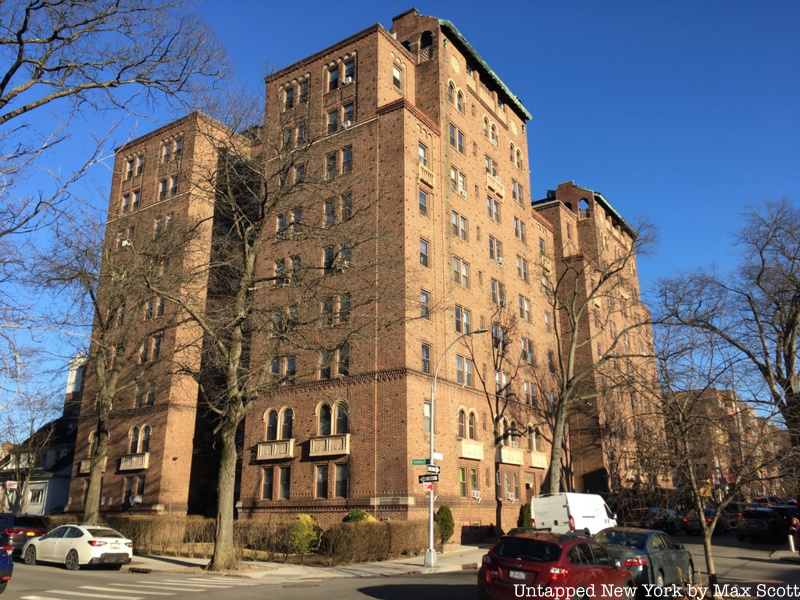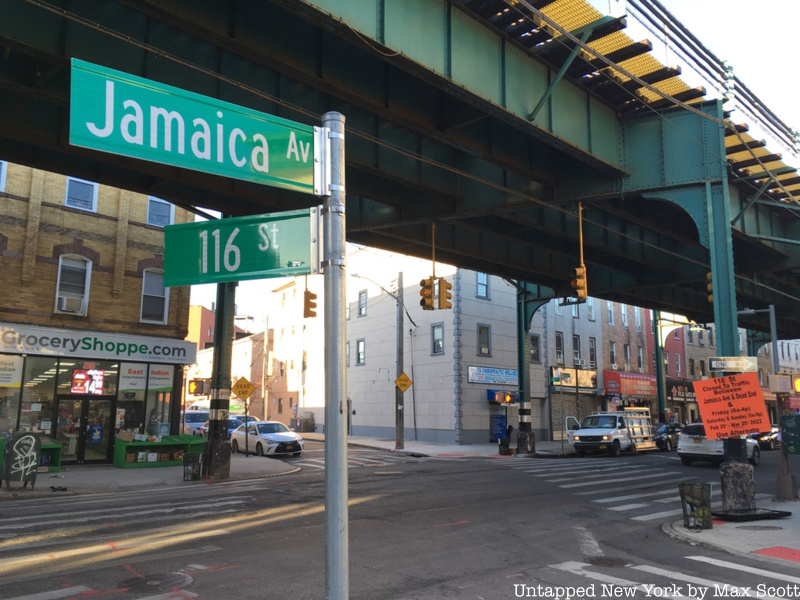
Kew Gardens is a residential community in central Queens. The neighborhood consists of single-family homes and apartment buildings situated along two major subway lines and bordering the Van Wyck Expressway. With a 2010 population of just over 23,000 people, Kew Gardens is dense and fairly diverse. And yet, Kew Gardens still manages to retain a sense of tranquility amid the bustle of the city.
For thousands of years after the end of the last Ice Age, what would become Kew Gardens was a basin for the wetlands of Flushing Meadows. The area was settled by the Dutch in the 1630s, but it remained rural until the 20th century. In 1875, the Maple Grove Cemetery opened in Kew Gardens, and the Long Island Rail Road (LIRR) built a station to serve mourners just a few months later. In the 1890s, the section around the LIRR station was developed into a golf course and a hotel called Hopedale Hall, which briefly gave the area the name Hopedale. Then, in 1909 the golf course and hotel were demolished to make way for a planned garden community (one of only seven in Queens) that was built in the neo-Tudor architectural style. This new neighborhood was named Kew Gardens after the luxurious botanical gardens in southwest London. Here is our guide to the top 10 secrets of Kew Gardens!
1. Jamaica Avenue was a trading highway for Indigenous tribes across the Northeast

In pre-colonial times, the area that is now called Kew Gardens was likely inhabited by the Matinecock people. Modern-day major thoroughfares like Jamaica Avenue, Sutphin Boulevard, and the route of the Van Wyck Expressway were once important trading paths for tribes across the Northeastern United States.
Jamaica Avenue, which runs east-west through Kew Gardens and functions as its southern border, was the most important of these long-established trading highways. Indigenous peoples from as far as the Ohio River and the Great Lakes traveled to the East Coast to trade furs for wampum, a valuable bead made by carving and smoothing shells from sea snails and clams. Although money did not exist in North American tribal societies in the same way as it did in Europe, beautifully carved wampum beads were commonly used as a pseudo-currency when goods were traded between different Indigenous nations. Jamaica Avenue was the main route that took people from the western edge of Long Island into the interior around Hempstead.





